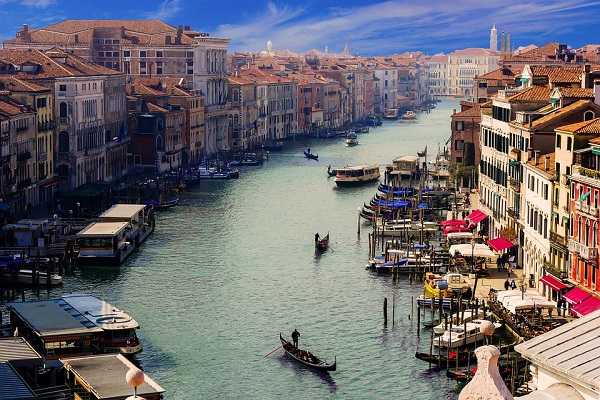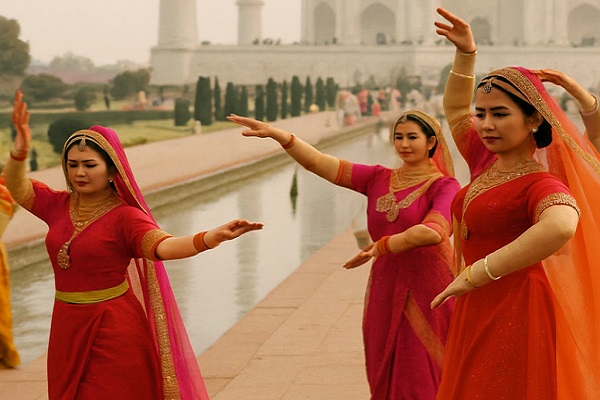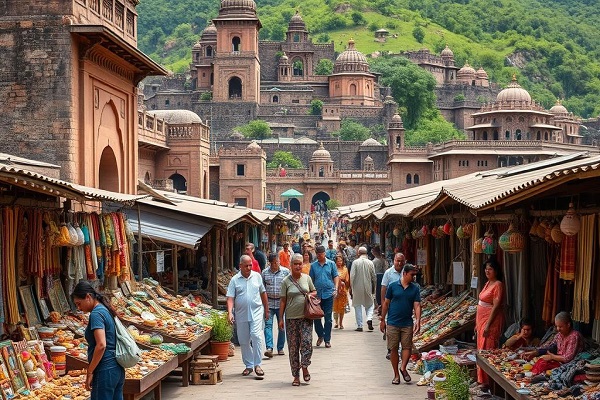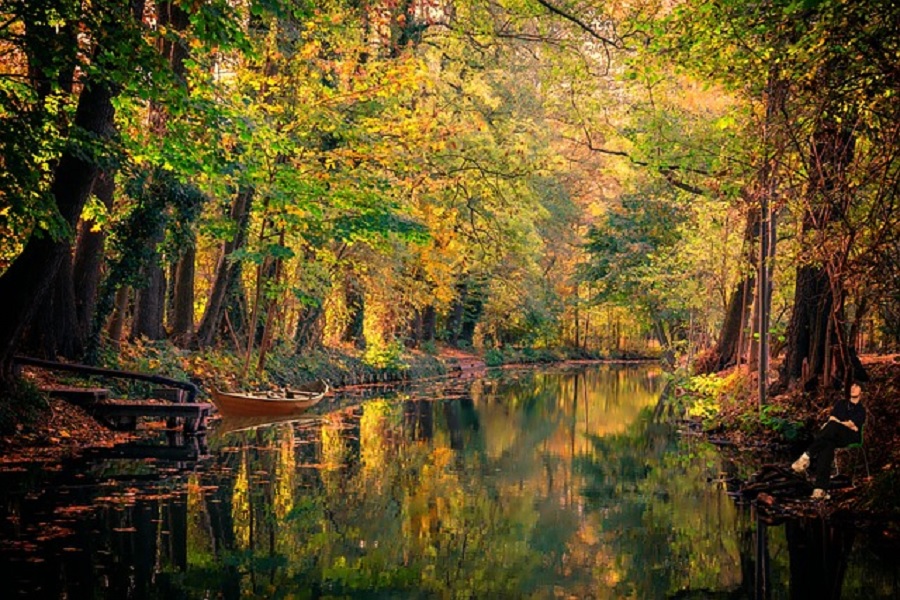Exploring Folk Art and Handicrafts Through Cultural Tourism
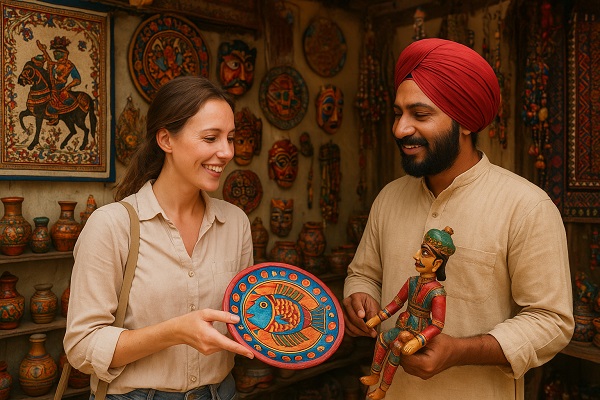
Cultural tourism offers travelers a unique opportunity to immerse themselves in the traditions, artistry, and heritage of local communities. Among its most captivating aspects are folk art and handicrafts, which reflect the soul of a region and its people. From intricate textiles to hand-carved wooden figures, each creation tells a story passed down through generations.
1. India’s Vibrant Craft Villages
In India, destinations like Raghurajpur in Odisha, Kutch in Gujarat, and Pipli near Puri are living museums of traditional craftsmanship. Visitors can watch artisans create Pattachitra paintings, Bandhani textiles, and colorful appliqué work, all while learning about their cultural significance.
2. Morocco’s Artisan Souks
The bustling souks of Marrakech and Fes are treasure troves of handmade ceramics, carpets, leather goods, and metal lanterns. Cultural tours often include hands-on workshops where travelers can learn these ancient techniques.
3. Mexico’s Colorful Folk Traditions
From Oaxaca’s alebrijes (fantastical wooden creatures) to Chiapas’ handwoven textiles, Mexican folk art celebrates creativity and cultural identity. Festivals and artisan markets bring these traditions to life for visitors.
4. Japan’s Time-Honored Crafts
Japanese craftsmanship is synonymous with perfection and respect for tradition. Travelers can explore pottery villages like Mashiko, learn the art of indigo dyeing, or witness intricate washi paper making.
5. Ghana’s Adinkra and Kente Weaving
In Ghana, artisans produce vibrant Kente cloth and Adinkra symbols that express wisdom and community values. Tourists can engage directly with local weavers and bring home a piece of this living heritage.
Exploring folk art and handicrafts through cultural tourism not only supports local economies but also fosters a deeper appreciation for humanity’s shared artistic legacy.


















